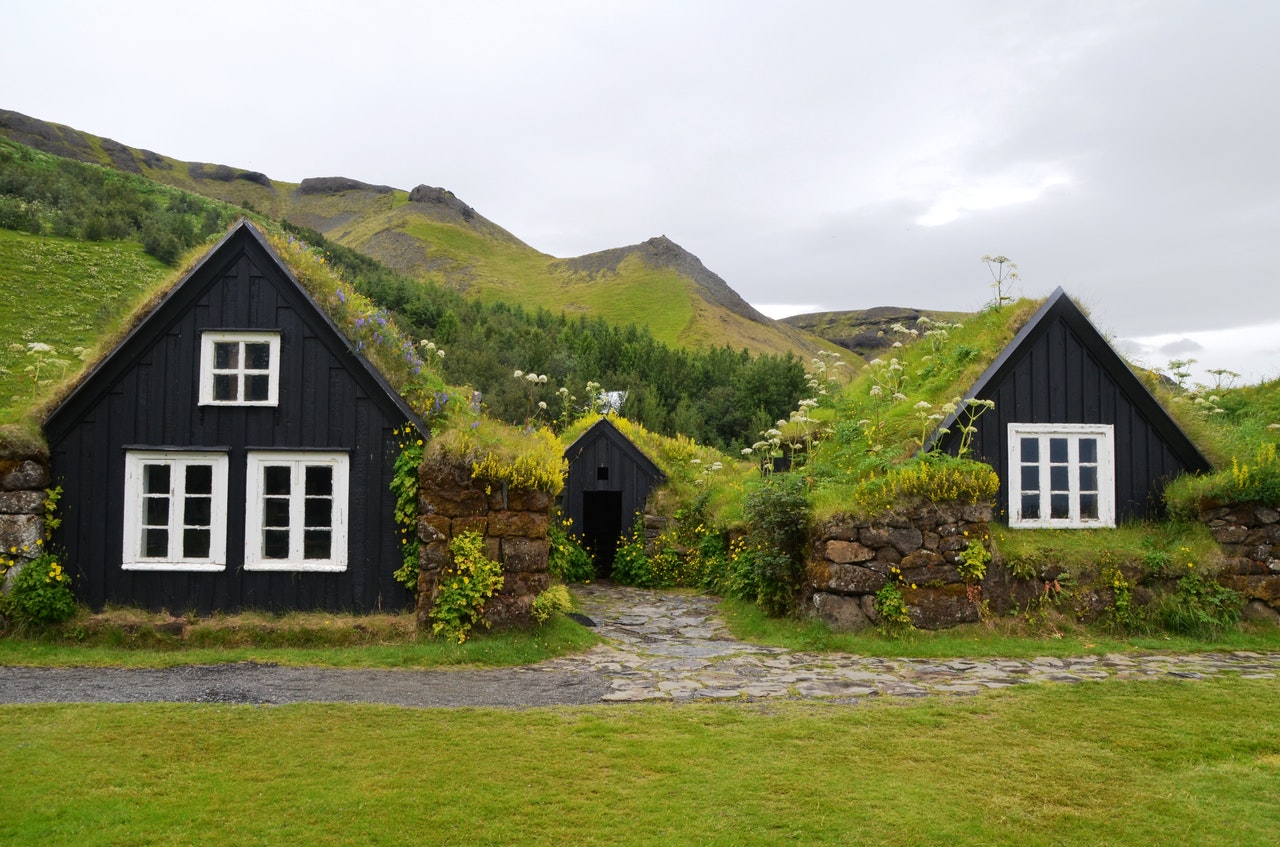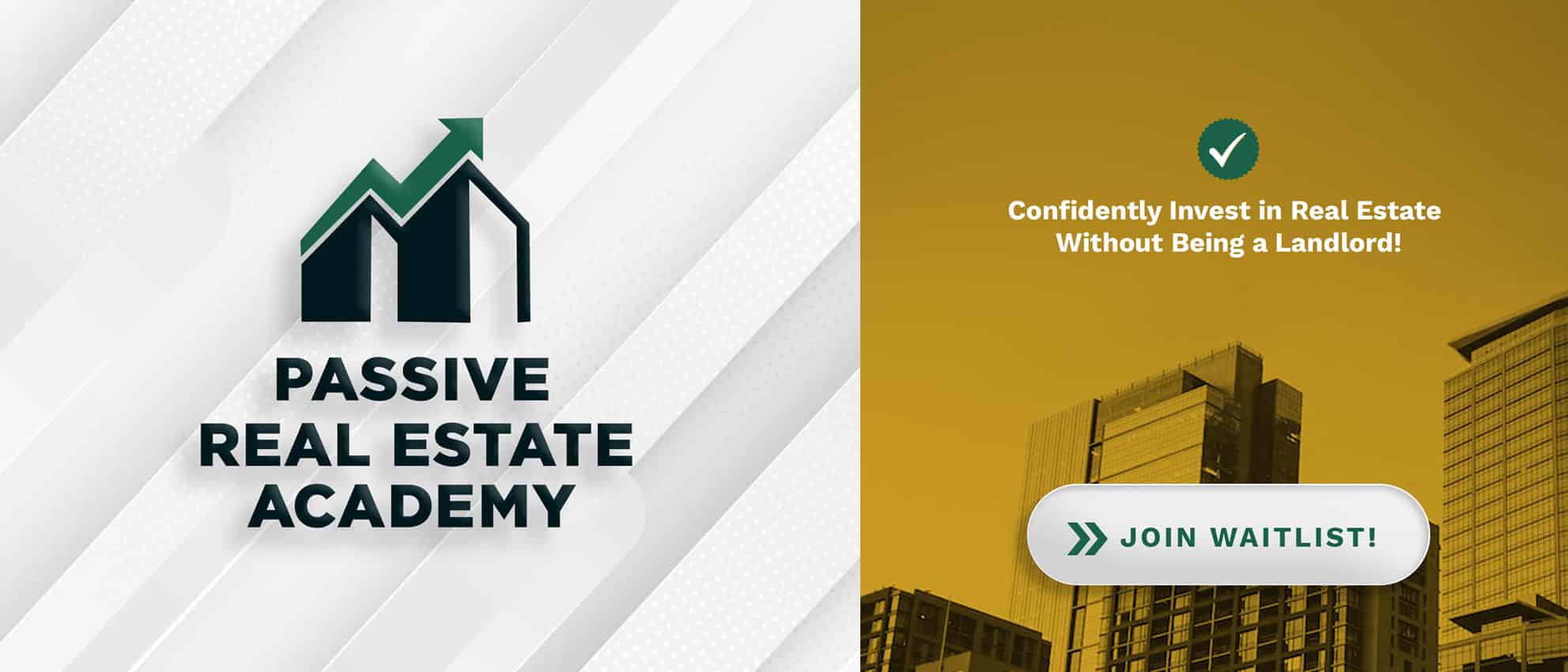
Our Second Home is One of Our Best Investments
This post may contain links from our sponsors. We provide you with accurate, reliable information. Learn more about how we make money and select our advertising partners.
While I don't have my own second home, I know that it can be a good investment depending on how it's used. c
Today's Classic is republished from the Physician on Fire. You can see the original article here.
Not long ago, Mitch Wasterlain, CEO of CAPFUNDR, asked and answered a question many physicians will ask. Is a second home a good real estate investment? While there are many individual factors to consider, the math points to a second home being less than ideal as a pure investment.
Today, I’d like to share the story of our second home, and why, for us, it has been a fantastic investment.
I never imagined I would want, let alone have a second home. Maintaining one home is challenging. Doubling the property doubles the work. And you need to have lots more stuff. We have too much stuff! A second home means duplicate sets of silverware, flatware, beds, sheets, sofas, etc… Why on earth would I want to complicate our lives like that?
I distinctly remember telling my parents (who commuted six and a half hours round trip to theirs hundreds of times before moving there eventually) how I didn’t see that ever happening for us. I was happy with one really nice home in a place where we wanted to be.
How did we end up with a cabin?
A few months after that conversation, I saw a sign. Not one of those profound revelations that result in a new vision of how to live our lives. This was a plastic sign. On a wooden stick. It said “Auction.”
I also saw an ad in the newspaper detailing the auction and advertising a preview weekend. We toured the grounds of the resort turned summer camp turned condo association. Some time near the peak of the housing market, a developer purchased the property and attempted to sell individual cabins for a premium price. Only a handful of units sold in a few years. The rest were to be auctioned off in a couple weeks to the highest bidders.
While we had expressed little interest in a second home, this place was within ten miles of our home, on a picturesque recreational lake, with a bike path running right to and through the property. We could boat, bike (I like to bike), jog, or drive to this place. The cabins were in pretty rough shape, but we had recently built our home, so we knew a dependable tradesman who could do the work that would need to be done.My attitude towards owning a second home shifted when it appeared I might be able to score a really good deal. This frugal physician loves a good deal.
I was serious enough about it to take out the required $5,000 cashier’s check as a deposit to obtain a bidding number. There were about as many people with the same idea as there were units for sale. This worked to our advantage and made the auctioneer rather surly.
The auction style was bewildering. It was so strange that I’m not sure I can describe it accurately, but I’ll do my best. There was a first round of bidding that set a reserve price of sorts, but we weren’t bidding on particular units. We were telling the auctioneer how much we would pay for first pick of the available units. Then there was a round for second pick, third pick, etc…
I had some idea of what was going on, having had the auction team explain the bidding process at the preview. I kept my number down throughout the initial bidding process. No need to drive up the reserve price. Other befuddled bidders thought they were bidding on the units, but all they were doing was unnecessarily increasing the reserve.
Once we had established a minimum price for the units in rank order, the actual selling began. The highest bidder in the initial round chose the unit they would prefer, and bidding began at the price they said they would pay. No one tried to top that opening bid price. Sold. Next was the second highest bidder from the first round’s turn, third highest, and so on.
There wasn’t much bidding going on until the prices dropped below $10,000. The auctioneer was literally scolding us for not bidding. It was awkward.
Winning at Auction
Those of us holding bid numbers realized that there wouldn’t be many of us going home empty-handed. I ended up with the winning bid on one of the last places up for grabs and was able to get one of the units we preferred. At the time of our purchase, we were also in the market for a used minivan. We paid more for the van than we did for the cabin.
We were ecstatic! We would have a cabin just down the road, on a lake attached to our primary home by a navigable river. We could take family bike rides there, choose to spend the weekend or just a night there whenever we felt like it. Our out of town guests could stay there. Our friends were more likely to visit. My winning bid was a sign. Not a plastic one on a wooden stick, but a sign of good things to come.
Or so I thought.
Our hospital, the only one in the county, had been struggling financially. I thought my status as the chief and only anesthesiologist (the only one in the county) was a bulletproof vest. I didn’t realize just how dire the situation was, and a couple months after we closed on our second home, I lost my primary job.
The hospital shut down six months after that, and due to my non-voting volunteer position on the Hospital Board, I was later one of a number of volunteer Board members sued for millions.
There were no other jobs within commuting range. We landed on our feet eventually, but the second home dream lost some luster on that fateful day.
We decided to fix up our fixer-upper, and while I worked locums and found a new job, the cabin was transformed from dilapidated to delightful. A few years later, we had some exterior work done, installing cedar shakes and fresh layers of paint.

Second Home Financial Analysis
While our initial cost in 2011 was about $16,000, we put about $34,000 into it in 2012, and another $10,000 in 2015. We’ve got about $60,000 into it, and I would estimate its value to be right around twice that, $120,000. By that measure, we’re $60,000 ahead.


It’s not that simple, of course. If I hadn’t bought the cabin and spent the money to fix it up, it’s safe to assume I would have invested that money. Using the S&P 500 calculator, I can estimate how much we would have if our dollars were working for us in a low cost index fund.

We’re still coming out ahead, even if we account for some realtor fees if we were to sell, but not by as much as I would have guessed. There are other financial considerations. We pay the electric bill. We pay property taxes and association dues. Those dues cover lawn mowing, snow plowing, dock in, boat lift in, dock out, and boat lift out.
There’s also a pole shed to store our boat in the off-season. The dues are money spent, but it’s spent on things that allow us to enjoy our time when we’re there.


If we didn’t have a second home, we would be spending more on vacations and short-term rentals. I don’t know if we would spend as much as the home costs us to have, but to answer that question, we need to know how much those annual costs are.
We need to take into consideration the aforementioned costs, and add some opportunity cost to holding an asset that will likely appreciate at a pace slower than the stock market.
If we assume the market’s returns will outpace real estate by about 4%, a reasonable expectation, the opportunity cost of having our money tied up in the cabin is $4,800 per year. I use 4% because I’m not using leverage on our second home, and I would likely have invested in mutual funds if this opportunity hadn’t presented itself.

While there could be other expenses related to maintenance or repair, our experience is that they’ve been pretty minimal. We can round up and say the total cost of owning the cabin is around $9,000 per year.
To me, that’s a bargain. We get a lot for our $9,000. My wife and I feel it’s worth every penny.
While we no longer live nearby, it’s a day’s drive away. I spend four to six weeks there every year, and my wife and boys spend most of the summer there, averaging around 10 weeks a year.
Our extended family uses it, too. My wife has many relatives in the area, and they not only stay there on occasion, but they also help with tasks when we’re not around, like winterizing the cabin or putting the boat away.


We’ve invited friends to stay there when we’re not, and a few have taken us up on the offer. We actually had a family live there for eight months straight when they were in need of a place to stay. Short-term rentals are not allowed, but we can be charitable with our property by letting our friends use our second home for free.
Our second home could become our primary home for a spell. If we follow through with our plans to roam the earth for a few years, and it seems more and more likely that we will, a small place as a home base would be ideal.
Second Home Lessons
We can live in a small space. 700 square feet, 2 bedrooms, 1 bath, a small porch and deck, and we’re perfectly content. We get by just fine without all the stuff that fills our primary home, which is roughly five times larger. This is key knowledge to have as we contemplate living in a motorhome and apartments overseas.
TV is optional. While I haven’t cut the cord [edit: now we have!] at home, the largest screen at our cabin is the 13 inches of pixelated space on my laptop computer.
Less is more. Without all the distractions of home, we have time to just be a family. We talk, we read, we take family walks and runs. No hustle. No bustle. Simplicity.

Low maintenance is key. If our second home was anything like our primary home, we’d have a lawn to mow, snow to blow, and many little headaches that can add up to one big one. Our association dues pay for that work to be done, so there is very little for us to do but enjoy ourselves and our neighbors’ company while we’re there.
You can’t evaluate the value of a second home by looking at nothing but numbers. While this one looks pretty good under the financial microscope, there is value to our family in the boat rides, beach days, and sunsets that don’t show up on the spreadsheets.
Are you ready to start your journey by creating passive income through real estate? Then click below to the waitlist for our next class season. We will take you from zero to confident. There is no obligation to join our waitlist! See you on the inside!
Disclaimer: The topic presented in this article is provided as general information and for educational purposes. It is not a substitute for professional advice. Accordingly, before taking action, consult with your team of professionals.


